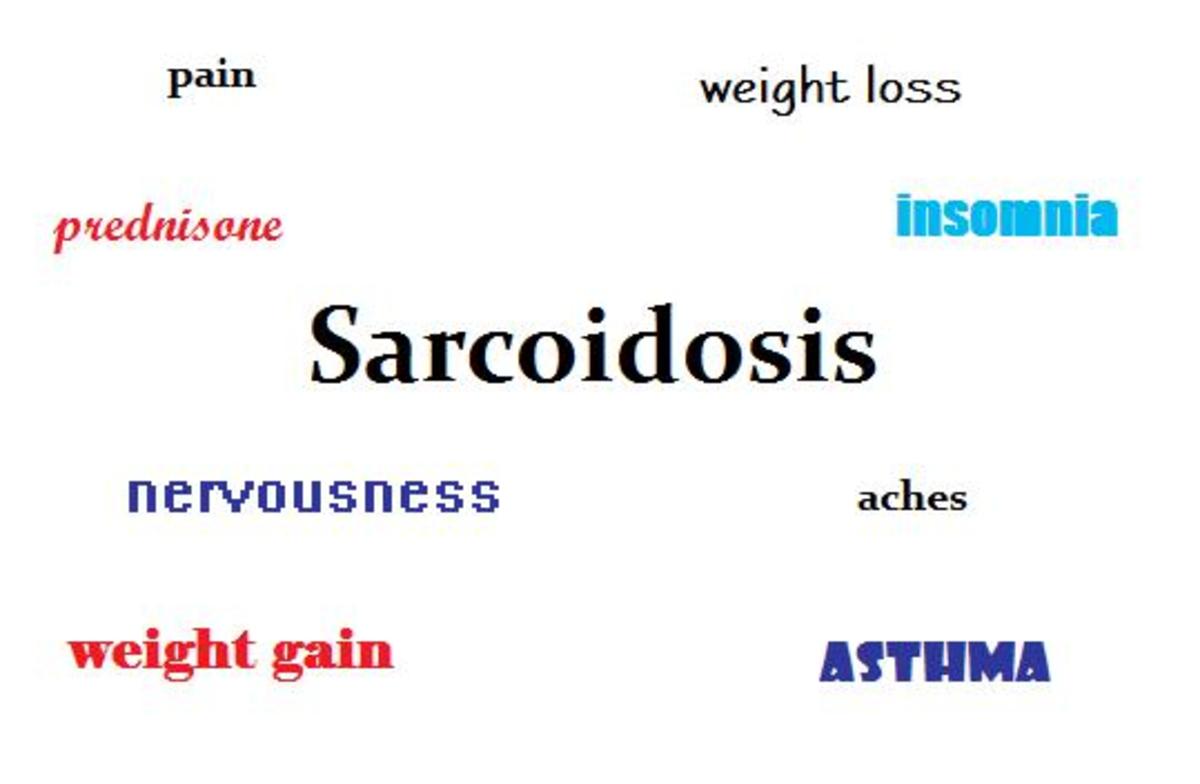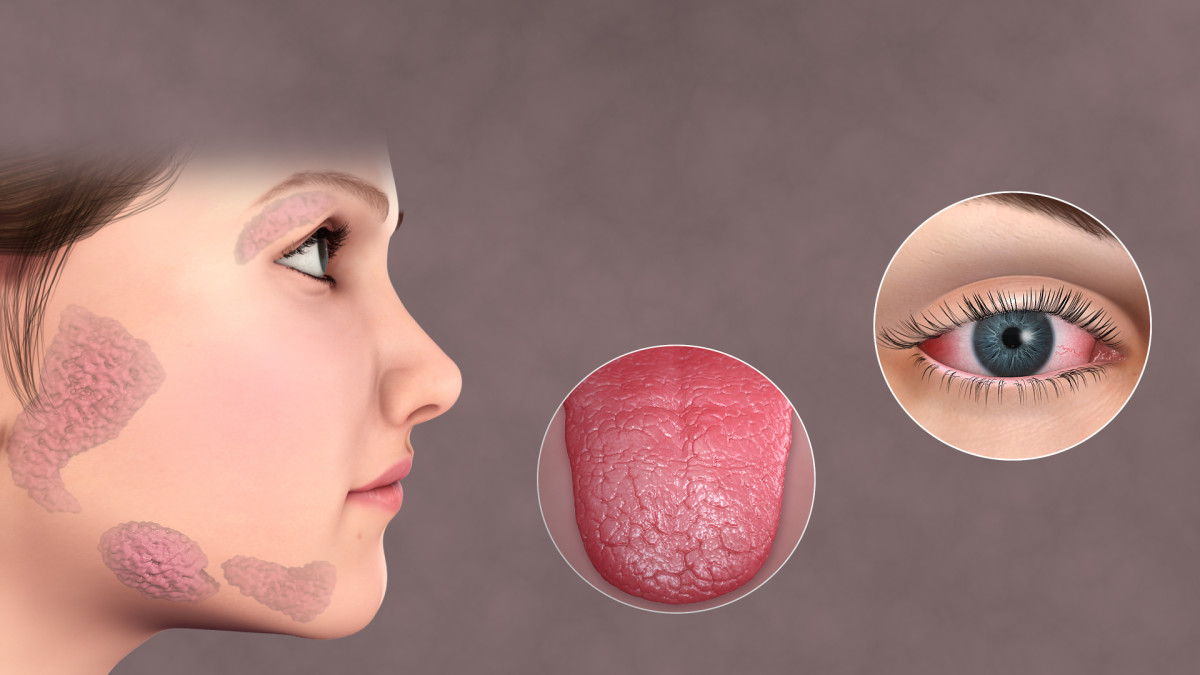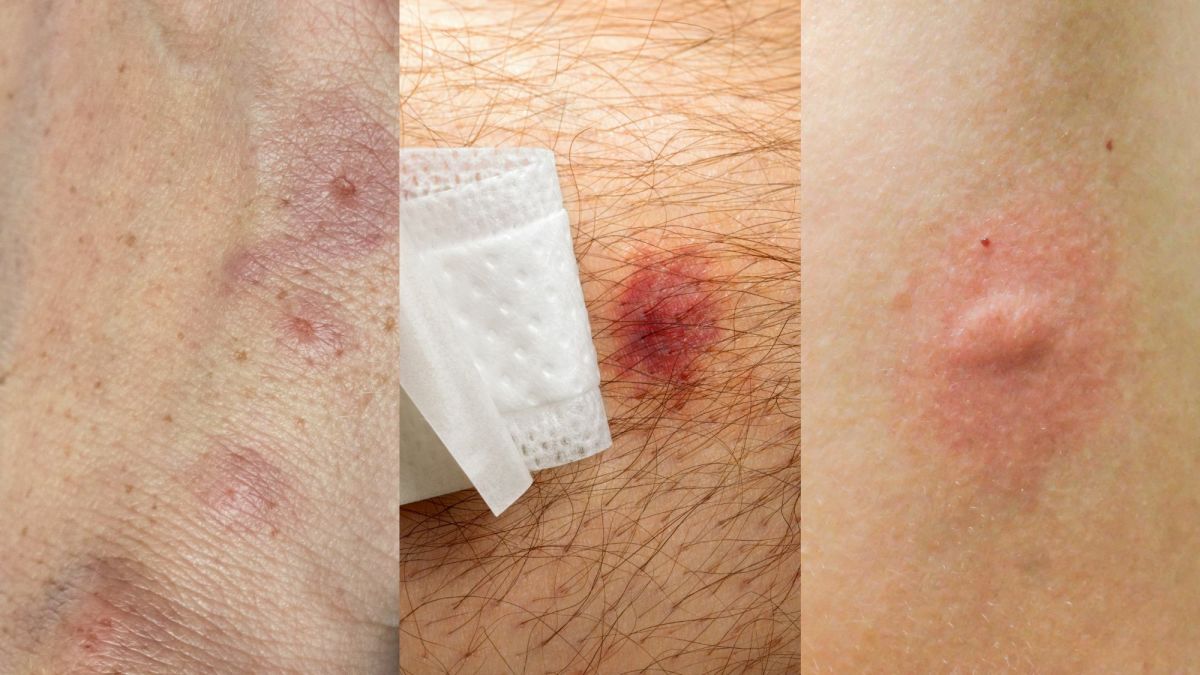Why You Should Know More About Peripheral Artery Disease?

Peripheral artery disease or PAD can affect anybody who is over 50 years of age, irrespective of the gender. More that 10 million Americans are suffering from PAD. It is a very common disease and statistics show that 12 to 20 percent of the Americans in the age group of 65 and above are suffering from this disability. PAD is a heart disease that affects arteries and it has an increased rate for heart attack and stroke.
PAD develops as a circulatory problem by the narrowing of arteries which reduces the blood flow to the limbs. If you feel pain while walking or doing exercises in your legs, it may be PAD; consult a doctor for clarification. Sometimes the symptoms of the PAD, such as pain in the legs, can be mistaken as the pain due to aging or due to some arthritic problems. A thorough checkup by a physician is necessary for exact diagnosis.
PAD narrows the arteries in the legs that reduce the blood flow to the muscles. Sometimes it may be difficult to recognize because there will be no strong symptoms to notice. Usual pains that is associated while walking a good distance or doing exercises will not be considered as a symptom of a serious disease normally. This pain will stop to appear also, when you are not doing any over action. But when the symptoms become strong to notice, the disease may be in a more complicated stage.

Peripheral Artery Disease Causes
PAD is caused by the fatty deposits or plaques that are building up in the artery walls. Plaque is made up of fat cholesterol, calcium and some other substances in the blood. This condition of the arteries will reduce the blood flow to the vital organs. PAD will also cause by the blood vessel inflammation, radiation exposure and injury to the limbs. Having diabetes for a long time is also a strong cause for the formation of this disease.
Common Risk Factors of PAD:
Age and heredity are the two risk factors that are beyond your control. But there are some other risk factors also, which can be controlled by becoming more cautious in health care. They are:
- Overweight or Obesity: Overweight is a common risk factor for many diseases and here also this is an important risk factor. People who have a Body Mass Index (BMI) of 25 or higher have likely to develop PAD, even if they have no other risk factors.
- Smoking: Habit of cigarette smoking increases the risk of PAD by four times.
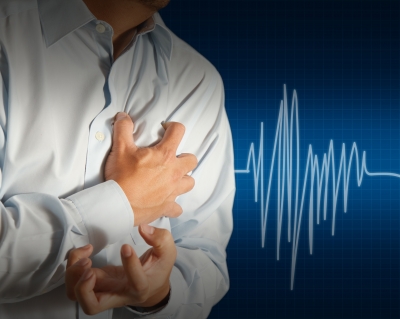
- Physical Inactivity: Physical inactivity is a major risk that attracts PAD. Regular exercise, as per your body’s condition, is required to keep the physical fitness of the body.
- Diabetes: Diabetic patients have more possibility for the attack of PAD. Maintaining the blood sugar levels within the healthy limits is a must for a diabetic patient to avoid future complications of different heart ailments.
- Cholesterol: High cholesterol is the reason for the building up of plaques in the walls of arteries, which leads to PAD. So healthy management of cholesterol level is very essential to avoid this disease.
- High Blood Pressure: High blood pressure is also known as the ‘silent killer’ because it shows no symptoms or discomforts to the body, till it reaches to a complicated level. Uncontrolled blood pressure condition will cause more heart problems, so do regular check up and maintain the blood pressure level always within the healthy limits.

Peripheral Artery Disease Symptoms
Symptoms will not show in every case and some symptoms that appear can be mistaken with the symptoms of some other diseases also. The common symptoms of PAD are:
- Feeling of pain in the leg, thighs or calves when walking, climbing stairs or while exercising.
- Sores of infections on the feet.
- Numbness or coldness in the feet.
Further Complications of the PAD
The plaque deposits in the arteries can reduce the supply of blood to the brain and heart. This may lead to heart attack and stroke. Critical limb ischemia is another complication. PAD may cause infection to the legs with open sores that don’t heal. This can cause tissue death (gangrene) in some cases which may result in the amputation of the affected limb. The attack of PAD may be the warning signs of atherosclerosis, a serious heart disease. Reduced blood flow can affect the health of kidneys also.
Peripheral Artery Disease Diagnosis
Pain in the legs may be mistaken by some other reasons like arthritis or aging. A complete examination of the patient is required to diagnosis PAD.
- Physical Examination: Doctor may do some initial physical examination in the affected area to find about the pulse rate and blood pressure. The pulse rate will be very weak and the blood pressure will be lower than the normal rate, in the area where the blood flow is restricted.
- Blood Tests: Cholesterol level and blood sugar level will be checked by taking blood samples.
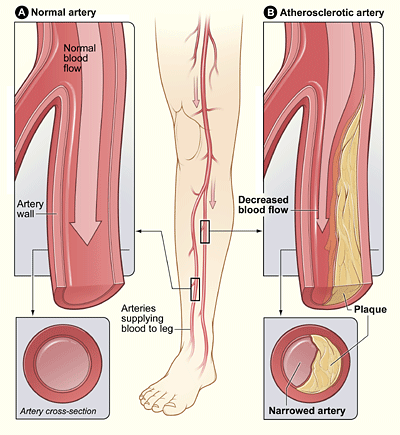
- Ankle-brachial Index (ABI): This is a simple test and the most common test of PAD. It compares the blood pressure in the ankles and the blood pressure of the arm. A patient with an ABI of 0.3 has a 2 to 3 fold increased risk of cardiovascular complications compared to a patient with an ABI of 0.95. If this test reveals any abnormality ratios between the blood pressures of ankle and arm, you will be recommended to do further tests for the confirmation of PAD.
- Doppler and Ultrasound Imaging: Doppler ultrasound imaging techniques are used to evaluate blood flow through the blood vessels to identify the narrowed arteries.
- Angiography: This test will help to pinpoint the blockages in the arteries. By injecting a dye into the blood vessels, doctor can trace it using imaging techniques and find about the blockages in the arteries.
- Computed Tomographic Angiography (CT): This test is used in the patients who using pacemakers or stents. It will trace the blockages in the arteries going through abdomen, pelvis and legs.
- Magnetic Resonance Angiography (MRA): This is a similar test like CT and here X-rays are not using.
Diagnosis of PAD is very simple and painless. The most common test of PAD is ankle-brachial index test. For severe cases, doctors will use angiogram to find out the exact location of the blockages.
Peripheral Artery Disease Treatment
Due to the absence of strong symptoms, PAD often goes undiagnosed. If the treatment is not given in time, this disease can lead to more complications such as limb amputation, greater risk of heart diseases and carotid atherosclerosis. The treatment of PAD is mainly aimed for the reduction of symptoms and the prevention of further progression of the disease.
- Engaging in regular physical activity under the supervision of your doctor or healthcare professional is an effective treatment procedure for PAD. Start the exercises slowly, as per the advices given by the doctor and within a few weeks time, your body will regain the blood flow to the affected area naturally. Select the type of exercises and the exercise schedule according to the physical condition of the body.
- Avoid smoking habit completely; otherwise it will slow down the treatment procedure.
- Control cholesterol levels by consuming lower fat diet. Monitor your blood glucose level and blood pressure level regularly. Make changes in your lifestyles and food habits, with the help of a nutrition specialist, to keep these diseases under control.
- Take medications, as per the advice of your doctor, to control high blood pressure, to lower cholesterol level and to prevent blood clots and widening of blood vessels. If it is necessary, medicines will be prescribed for the control of blood sugar levels also.
- Thrombolytic therapy is a drug injection that is using in some cases to dissolve the blood clots in the arteries.
- In some severe cases, surgery is needed and the patient is recommended to do angioplasty or stent placement. If the blocked area of the artery is very long, a ‘bypass’ surgery will be recommended for rerouting the blood flow by replacing the blocked artery with a vein from another part of the body.
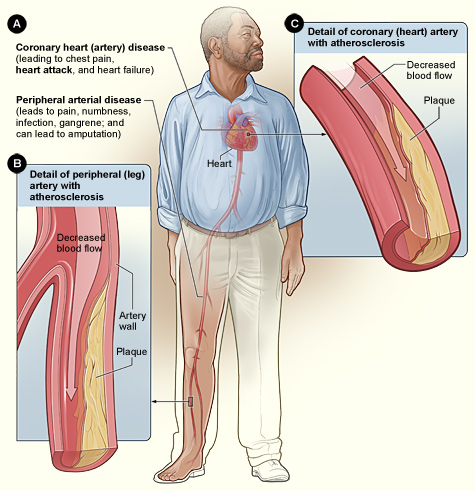
Prevention of PAD
Do you believe that taking some advanced life style changes can reduce the chances of having Peripheral Artery Disease?
Prevention of Peripheral Artery Disease
Treatment is available for PAD as in the case most of the diseases, but prevention is the better choice to avoid future complications of this disease. PAD can be prevented by taking some advance lifestyle changes such as doing regular exercises, quit smoking, eating a healthy diet etc. Do regular check up for the health problems, especially for PAD, if you are over 50 years of age. When you feel pain in your limbs, especially in legs, consult your physician immediately. Do not wait for the symptoms to become strong to initiate the treatment. Avoid taking some medicines which are using as common cold remedies, because they will constrict blood vessels that may lead to PAD.
As an advanced preventive measure, take give more importance to the foot care by following the tips below:
- Avoid walking barefoot.
- Take prompt treatment for any fungal infections of the feet.
- Wear dry socks and correct size shoes.
- Wash and dry your fee daily.
- Watch for any cracks in your feet and do not allow them to become an infection.
What Do You Know about Peripheral Artery Disease?
view quiz statisticsIn addition to above, control your other physical discomforts by;
- Lowering the blood pressure level below 140/80 mmHg.
- Keeping the A1C level below 7% (A1C test show the average blood sugar glucose lever for the past 2 or 3 months.
- Maintaining the LDL cholesterol level below 100 mg/dl.
Early diagnosis and treatment of peripheral artery disease is very vital because this can lead to more health complications such as heart disease, stroke or formation of serious infections to the affected part (mainly legs) that may sometimes demands amputation. PAD can also affect the arteries that carry blood to the other organs of the body including head, in addition to the arteries of the limbs.






